► Cupra Formentor driven in the UK
► From the entry-level, £27k petrol V1…
► … to PHEV and 329bhp AWD flagship
The Cupra Formentor family SUV hasn’t just been a huge success story for the Cupra brand – it’s the car that made it make sense. The strength of Cupra’s identity was a little up in the air until the Formentor arrived, at which point the brand asserted itself as a shrewd challenger, free of any Seat hangovers with a car of its own.
The Formentor captured the zeitgeist with its vogueish coupe-SUV styling, and stood out from other coupe-SUVs by driving well, with a decent choice of powertrains, and looking good. Cupra has updated the Formentor for 2024, with new looks both inside and out plus a couple of new engines.
The copper-coloured detailing and the demonic logo may have been good talking points, but it’s the mix of practicality, style and performance, with a slightly upmarket image but a decent price, that’s made the Formentor Cupra’s global top-seller, with a lot of appeal among younger buyers.
At a glance
And now it’s been given a refresh that’s a combination of slightly tweaked styling, the latest VW infotainment and a revised engine range.
Pros Choice of good engines; decent handling; usefully roomy
Cons Infotainment still leaves room for improvement; divisive looks; artificial feel
What’s new?
The nose of the Formentor is now more angular and sharky as part of a front-end redesign that keeps the same overall idea but tightens everything up and aligns it more closely with the electric Born and Tavascan. There are new air intakes, the badge has moved from the grille to the bonnet and the lights have a three-triangle motif that Cupra insists on calling ‘trimensional’.
There are reshaped body sides, and at the back the model name is now in lights and the old badge/boot opener has now been replaced by an illuminated Cupra logo. There are new body colours and wheel designs too.
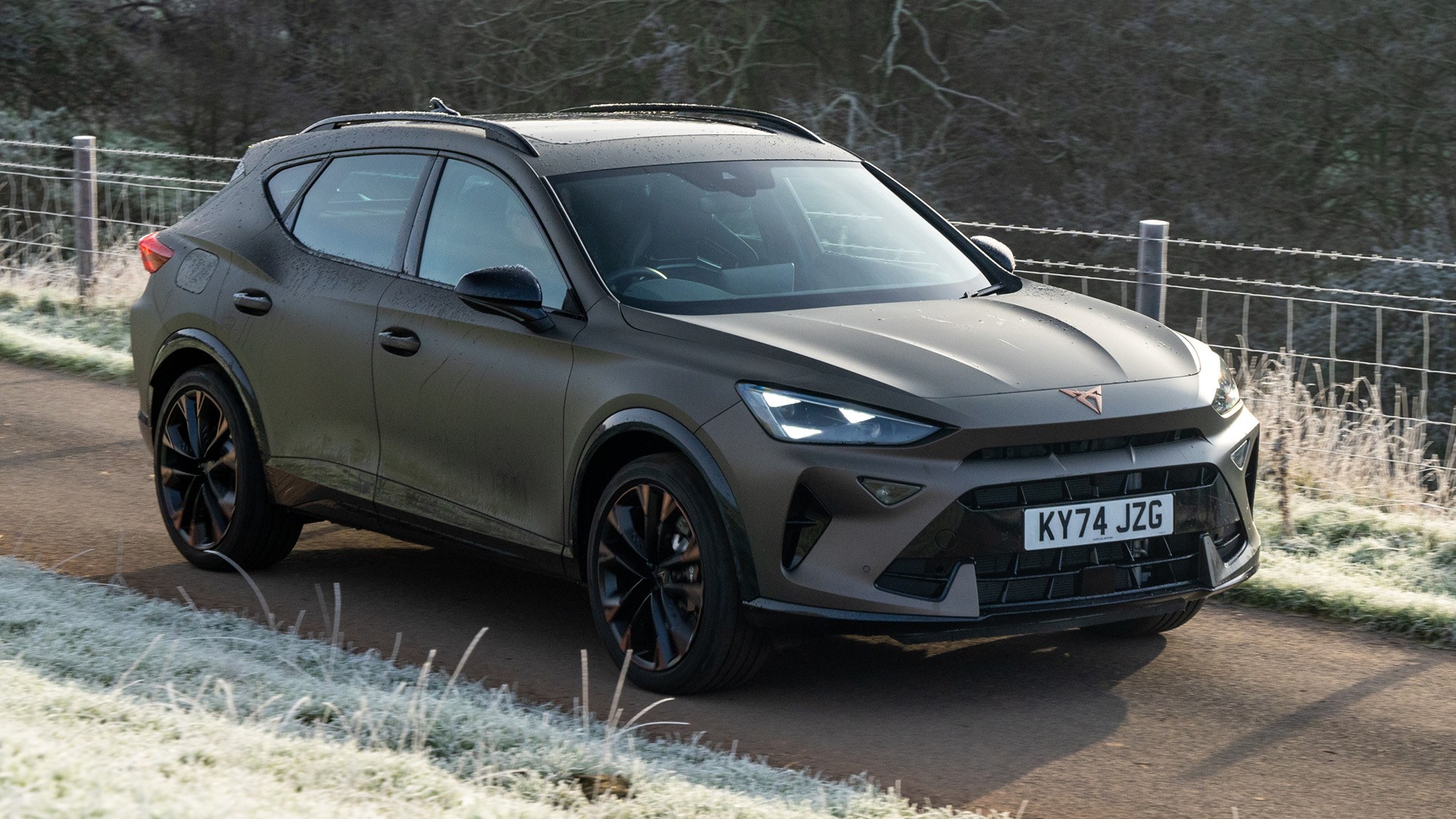
Inside, some new fabrics are offered, including a combination of microfibre and recycled plastic (which looks and feels much better than it sounds), and responsibly sourced leather.
The infotainment has been revised in line with the latest VW Group thinking: it’s still touchscreen-based, but the touchscreen is easier to customise so that it’s quicker to get to the functions you use most, and the heating system has better physical control, with illumination for the temperature sliders. There’s a new 12-speaker audio system, developed with Sennheiser, available on some versions. Interior quality is also intended to be higher across the board.
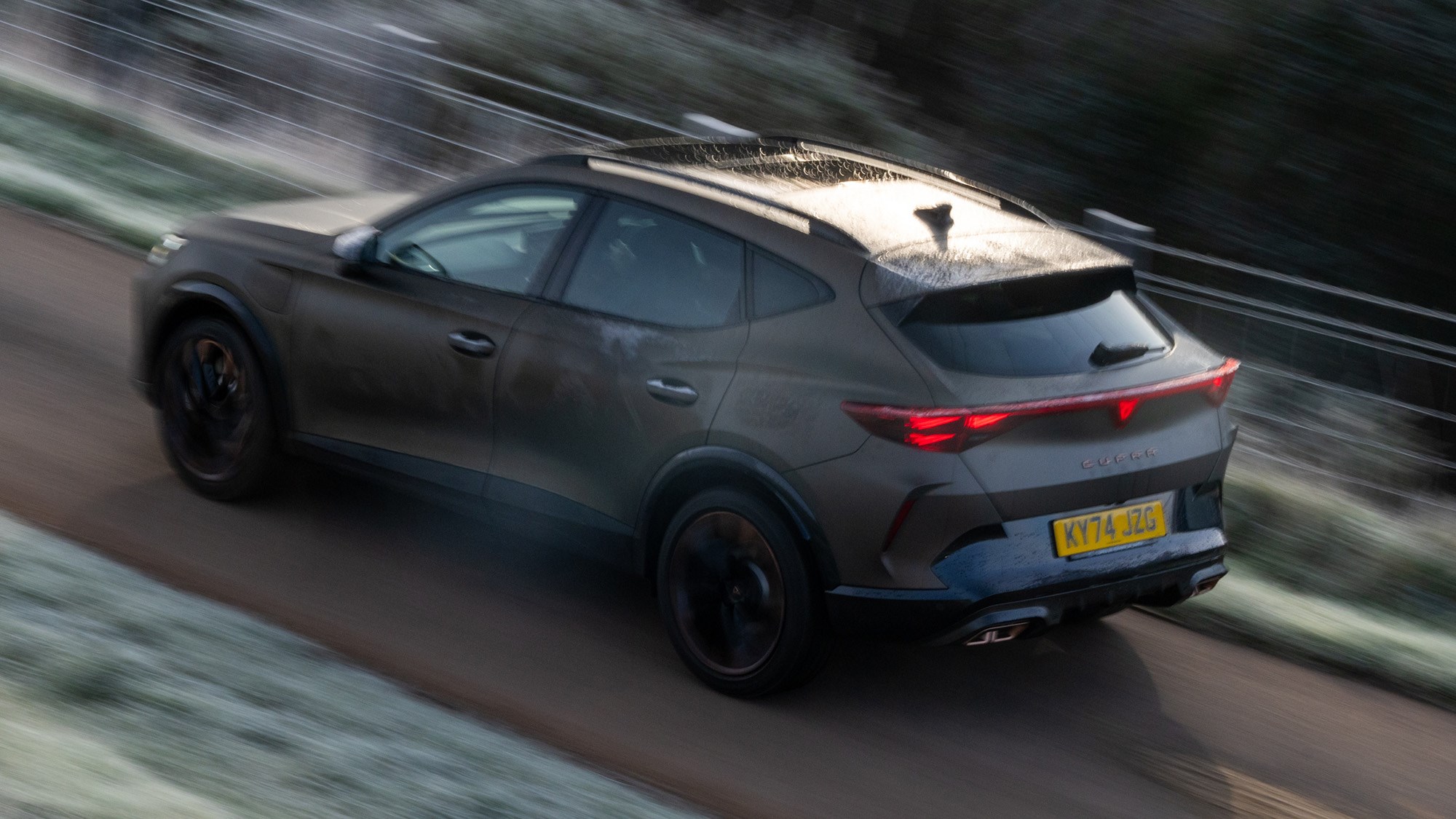
The engine line-up for the UK now spans an entry-level petrol, a larger petrol, a mild-hybird petrol, two hot petrols, and most significantly two versions of the latest VW Group plug-in hybrid, with much increased electric range – officially now as much as 72 miles – and faster charging.
What are the specs?
The UK gets seven engine choices for the Formentor. The entry-level unit is the latest revision of VW’s excellent 1.5-litre TSI petrol four-cylinder, making 148bhp and driving the front wheels via a six-speed manual gearbox. There’s also a 201bhp 2.0-litre TSI with all-wheel drive and a seven-speed DSG dual-clutch auto.
There’s a new eTSI mild-hybrid version of the DSG front-drive 1.5-litre, bringing 48-volt assistance for greater efficiency and smooth running. There are two ‘eHybrid’ plug-in-hybrid Formentors, both using that 1.5 engine, now with a 19.7kWh (net) battery. One makes 201bhp, the other 268bhp. Claimed electric-only range is now up to 72 miles.
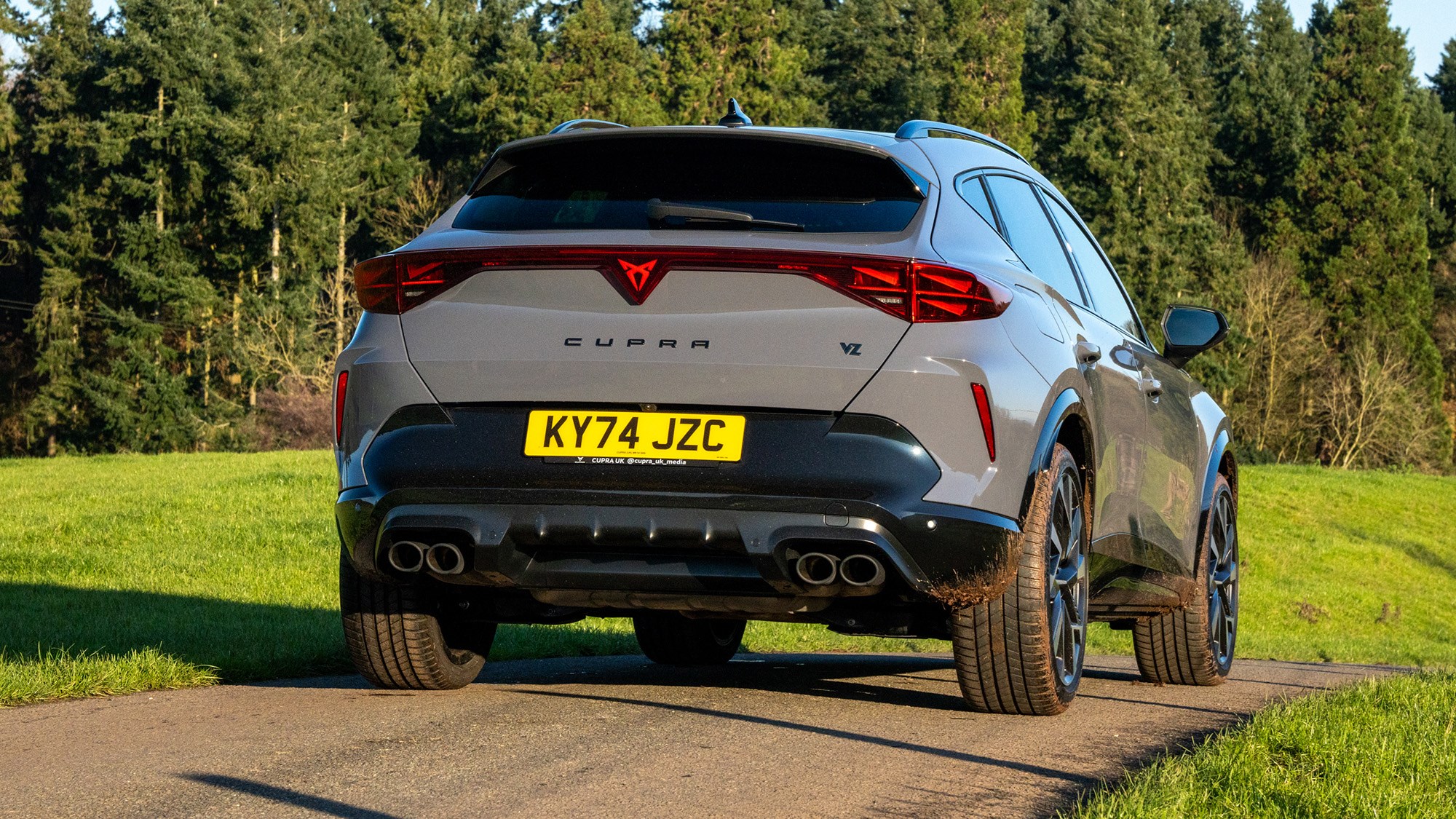
There are two hotter VZ versions, one making 262bhp and the other combining peak output of 329bhp with an electro-hydraulic torque splitter, involving two clutches on the rear axle, that precisely delivers torque to the rear wheels during hard cornering. It also has recalibrated gearchange and accelerator action and upgraded brakes.
How does it drive?
The Formentor has always driven well. Like a lot of cars with some Golf genes in them, there’s a fundamentally well-sorted balance of dynamism and easygoing everyday unfussiness. With the Formentor, the higher up the power/performance/trim ladder you climb, the further away from that agreeable but slightly vanilla entry point you go.
You have plenty of choices, depending how far into performance territory you want to reach.
The basic 1.5-litre TSI engine is more than adequate for anyone’s needs. At the other end of the spectrum, the most powerful VZ with the trick torque splitter and extra modes is getting into Audi RS or Golf R turf, for better or worse.
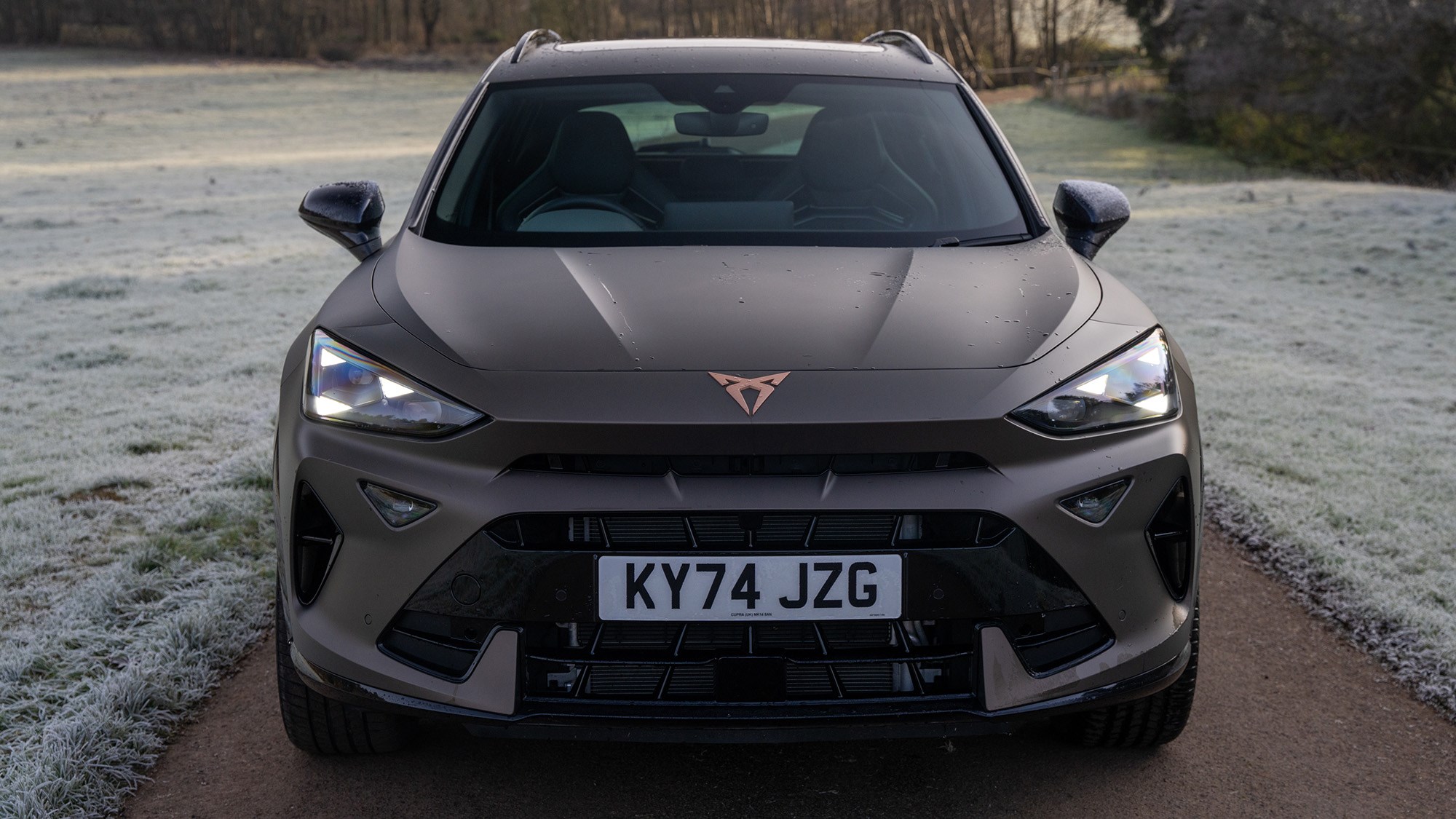
That hot Formentor only really clicks into alignment with the driver when you’re charging hard. It asks a lot, and gives a lot of performance, but at the expense of some fluidity and sophistication. But really, if you want a performance car, do you want it to have a coupe-SUV body? On UK tarmac, it was a little jittery. Perhaps not enough to discourage anyone from opting for this model, but you should know what you’re signing up for before putting pen to paper.
The new PHEVs, now based on the 1.5-litre engine, make a lot of sense if you have ready access to a charger. Frequent topping-up of the battery – now larger than on earlier Formentors – will work wonders for the fuel consumption, and the petrol-electric power delivery is seamless. We haven’t yet had a chance to check the relevance of the official 70-mile-plus figure for electric-only running, but it seems achievable with smooth driving and some restraint.
In any version, on a good road, when you get into a rhythm, driving the Formentor can be a real pleasure. Like a lot of Seats and Cupras over the years, it’s responsive, predictable and engaging. The manual gearboxes are good, and the DSGs work very well, offering the choice of manual paddleshifts if you’re in the mood.
The brakes go about their business in a natural, reassuring way, and the suspension makes light work of smoothing out the worst of the bumps and stopping the body rolling too much through bends.
What about the interior?
Different versions come with a significantly different look and feel. The basic trim is a nicely turned-out variation on generic black plastic, with a few copper-coloured accents, some angular design touches and bright, prominent screens.
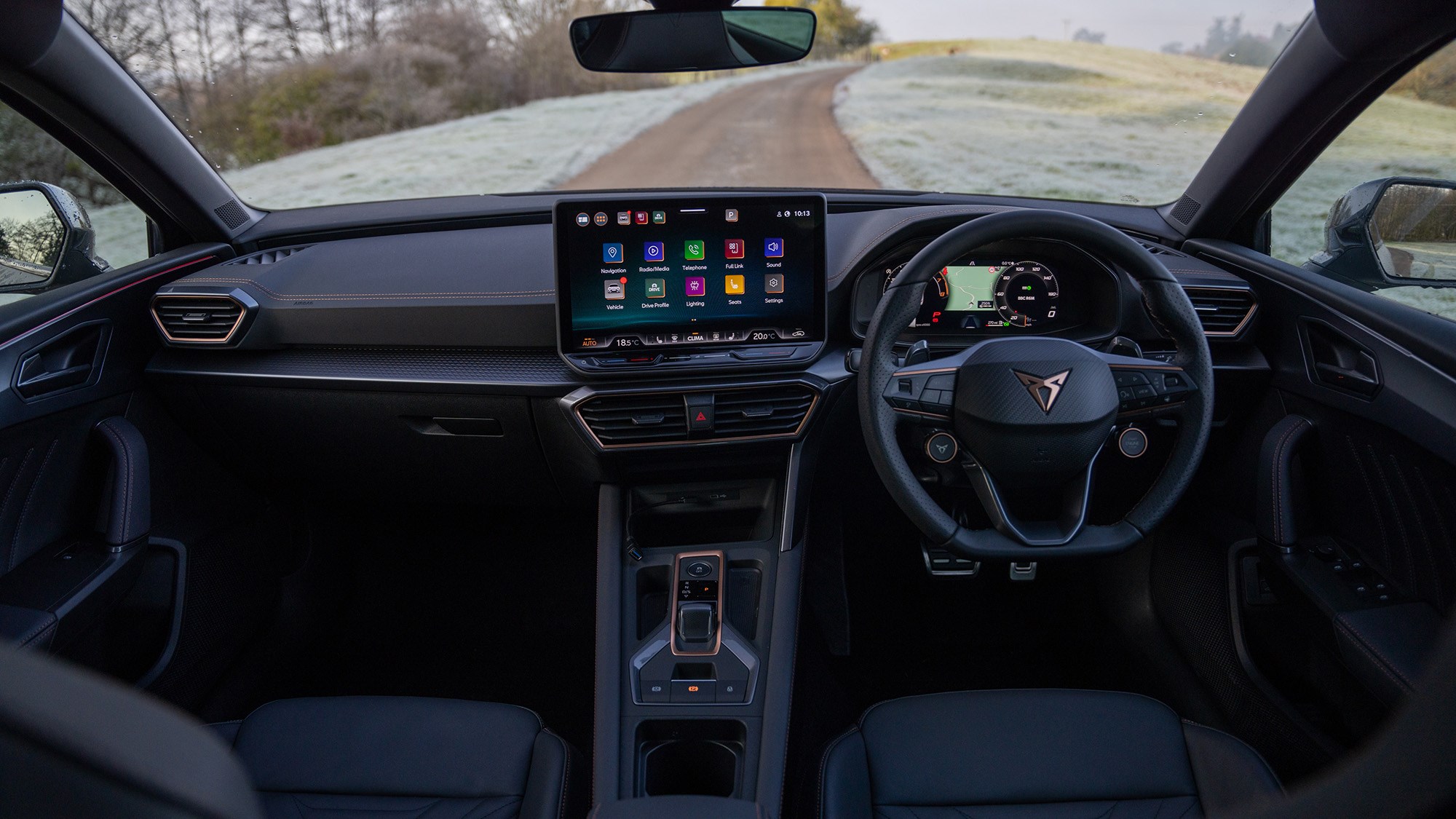
In the back it’s all very conventional, with two-going-on-three seats and decent headroom. The sportiest front seats give rear passengers less space. The different versions we’ve tried are all comfortable, but not everyone will like the restrictive feeling from the sportier versions.
The boot offers 345 litres of space in the case of the PHEVs, 420 litres for all-wheel-drive models, 450 for non-PHEV front-drive cars.
The Formentor comes with a familiar suite of safety equipment, including Predictive Active Cruise Control (slows down, speeds up, reads the speed limits etc), lane centring, driver distraction alerts, and much more.
Before you buy
UK deliveries of the revised Formentor are due to start in September. The full line-up has not yet been confirmed, but the range will start at £35,475. Wheels are 18-inch as standard, 19-inch optional. Sports seats are standard, sportier bucket seats an option.
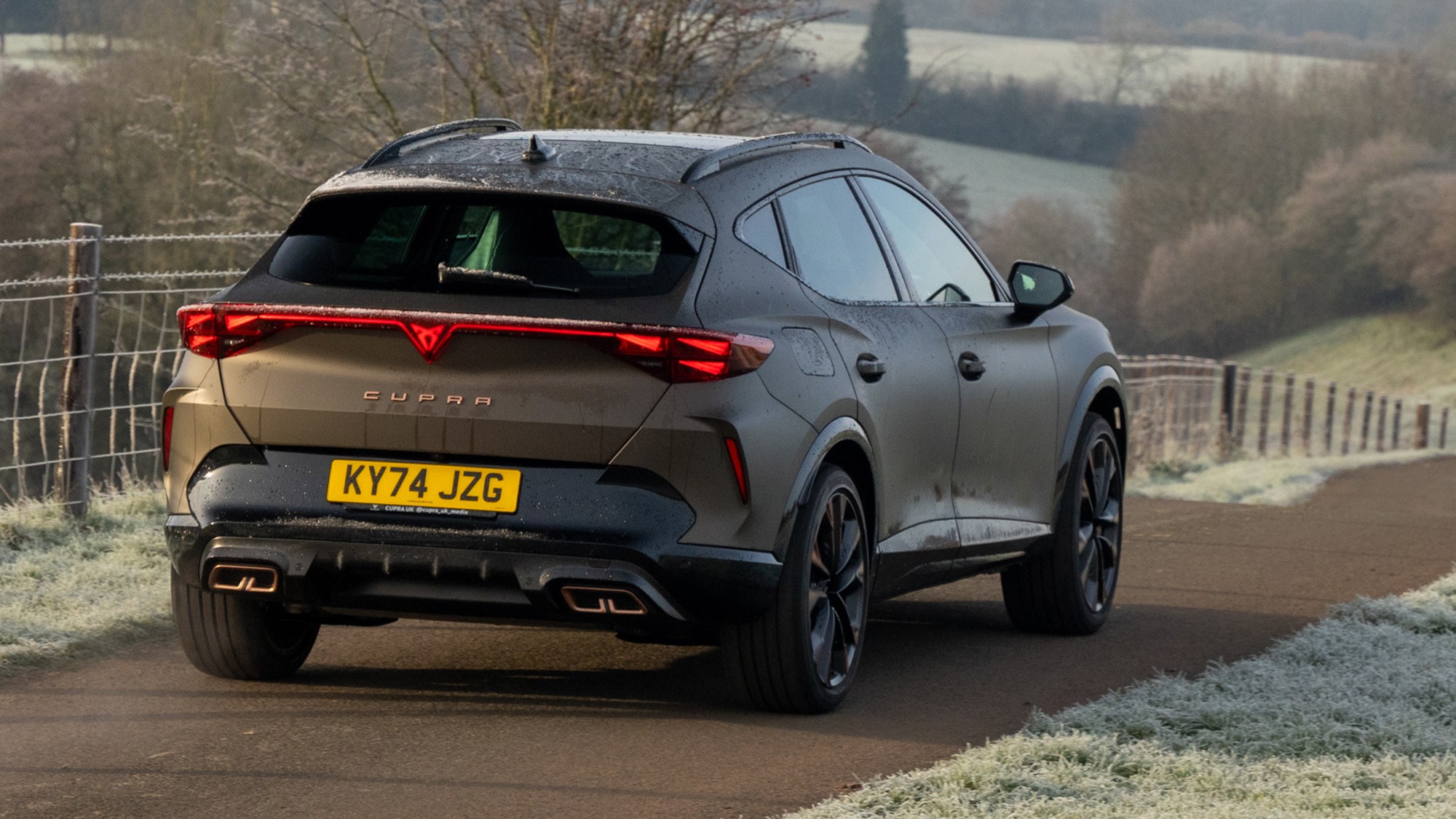
Higher-spec models have different trim – with more copper accents, for instance, and a large, black roof spoiler.
Verdict
The Formentor has always been a curious idea on paper that actually makes a lot of sense on the road, because it drives well and offers a stylish, well-resolved mix of practicality and driving pleasure.
The higher-performance versions can be quite divisive, embodying the ‘trying too hard’ attitude that sums up Cupra for its detractors. But mechanically, they do a good job, and should make you think twice before defaulting to an Audi S or RS model, or a Golf R. But for us the plug-in hybrids and the mild hybrid are the most impressive, bringing very good economy within reach while never feeling underpowered or compromised.
It’s most likely the looks that will draw you to a Formentor in the first place, but the practicality and real-world performance that will seal the deal.
More Cupra reviews by CAR magazine
Specs are for 1.5-litre eHybrid 200kW DSG